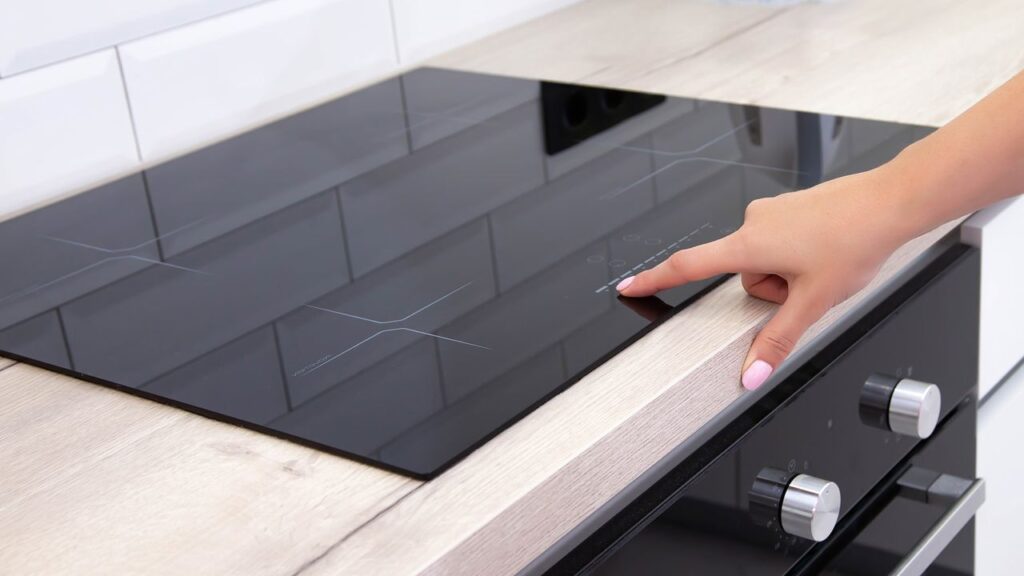
Interest in induction cooking has surged as consumers seek more efficient and precise ways to prepare meals. Culinary experts emphasize that transitioning from traditional gas or electric ranges to induction stovetops requires understanding key differences in operation and technique. Here are six essential tips to help users adapt smoothly to this innovative cooking method.
Understanding Heat Distribution
One of the most significant differences with induction cooking is the change in heat distribution. According to Maricel Gentile, Chef and Owner of Maricel’s Kitchen, the traditional mindset based on the “visual flame” with gas cooking must shift. Users need to familiarize themselves with the settings on their induction cooktops, learning what a “5” versus a “10” setting means without relying on visible flames. Jessica Randhawa, Owner and Head Chef at The Forked Spoon, highlights the importance of tuning into the feedback from the cookware and food rather than the heat source itself.
Induction technology provides consistent heat across the pan, which contrasts with the uneven heat distribution from gas flames or electric coils. This feature allows for more precise cooking outcomes, though it may require time to adjust to an even heating surface.
Adjusting to Sensory Changes
Induction cooktops operate almost silently compared to gas burners or electric coils, which can hiss or buzz. Mike Williams, VP of Sales and Marketing at Kenyon, explains that the lack of sound might be disconcerting for new users. Some cookware may produce a buzzing or humming noise at high power levels, which can be minimized by lowering the heat.
Anticipating instant heat changes is crucial. Kyle Taylor, Founder and Chef at HE COOKS, points out that users transitioning from gas or electric must recalibrate their timing to avoid overheating or overcooking food. The immediate responsiveness of induction cooking signifies a major adjustment that users must embrace.
Choosing the Right Cookware
Induction cooking relies on magnetic fields, requiring compatible cookware for effective heat transfer. Users should ensure their pans are induction-friendly, such as stainless steel, enameled steel, or cast iron. Taylor advises against using aluminum, glass, or ceramic, as these materials lack magnetic properties.
Both Taylor and Randhawa recommend heavy-bottomed stainless steel or enameled cast iron for even heat distribution and predictable temperature responses. Randhawa adds that stainless steel with a layered base is ideal for everyday use, offering a balance of functionality and efficiency.
Matching Cookware Size
Proper sizing between the pan and the burner is essential for optimal cooking performance. Kenyon notes that cookware works best when its base closely matches the size of the burner coil. If the pot is too small, the magnetic field may not engage effectively, leading to errors in cooking. Conversely, an oversized pan can result in uneven heating.
Refining Cooking Techniques
To adapt to induction cooking, experts recommend starting with lower heat settings than one might typically use. Kenyon warns against placing an empty pan on a hot cooktop, as this can damage the cookware. Instead, begin on low heat and gradually increase it once ingredients are added.
Taylor suggests adjusting recipes by lowering the heat levels by approximately 25%. This approach allows for more controlled cooking, especially for delicate items like scrambled eggs or vegetables, ensuring efficient results without rushing to reach target temperatures.
Avoiding Common Mistakes
New users of induction cooktops often make several common errors. Taylor identifies three frequent mistakes: cranking the heat too high initially, not preheating properly, and using incompatible cookware. Randhawa echoes these sentiments, advising beginners to remain attentive during preheating and to avoid assuming that traditional cooking times apply to induction.
Implementing these expert tips can facilitate a smoother transition to induction cooking, enabling users to harness the technology’s efficiency and precision in their kitchens. As culinary practices evolve, embracing induction cooking can lead to enhanced culinary experiences and improved meal preparation outcomes.






